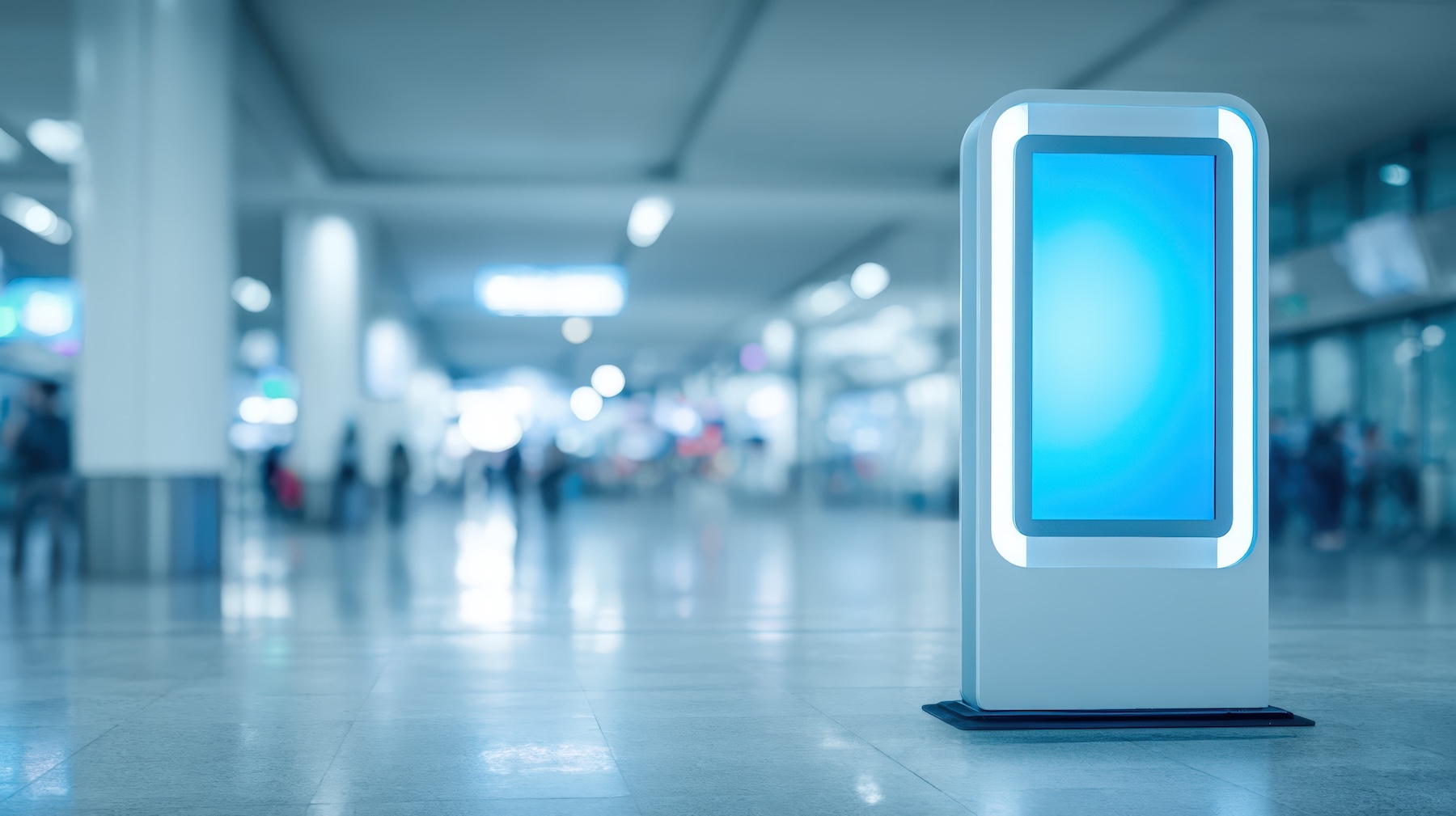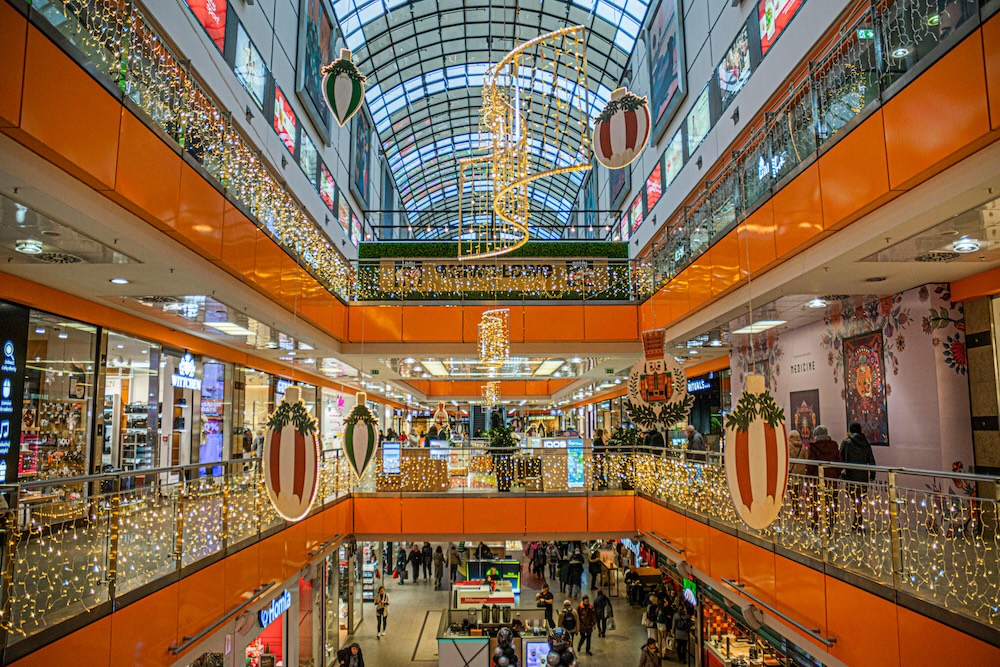How To Drive Additional Sales With Customer Facing Displays
For any customer-facing organization, up-selling and cross-selling is a key means to increasing revenue.
From the time-honored “would you like fries with that?” at a burger joint checkout to getting recommendations for accessories to go with a new outfit in a fashion boutique, it’s a part of purchasing experience consumers have come to expect. When done right, it can easily lead to significant increases in average sales value.
A lot of up-sell and cross-sell opportunities happen at point of sale, so businesses are naturally on the lookout for anything that can give them an edge in convincing customers to add that little bit extra to their purchase.
One of the most effective options available is to have customer facing displays on your ordinary POS console. Customer facing displays are pretty self-explanatory – they are simply screens which, you guessed it, face the customer and show them what is going on as you ring through their sale.
There are various benefits to using customer displays at point of sale. Allowing the customer to see what is going on helps to build transparency and trust. People tend to process things better by sight rather than by listening alone, so they like to see as well as hear confirmation of their order and what they are paying for.
In addition, customer facing displays give customers an opportunity to correct mistakes before the sale goes through. In some states, such as Arizona and California, they even help businesses comply with laws mandating that customers should always be able to see details of a sale as it is processed.
But by far the biggest opportunity customer displays present businesses with is aiding them with their up-selling and cross-selling efforts. By building on that trust and rapport established with the customer, running attractive visual ads, and showing customers what else they could have, you increase the chances of them saying yes.
Setting up customer facing displays
To make use of customer facing displays in your business, you need the following:
- Integrated POS terminals that support dual displays
- Additional screens
- POS software that supports split screen modes, for situations where you want to show the customer something different to what is on the clerk’s screen.
One key decision to make is the size and type of screen you want to use. The options range from small, simple two-line displays, like the AURES OCD 300 and 350, to larger screens like the OLC 10.1 and 10.1 Touch.
While small displays are great for transparency and showing customers what is being rung through as a sale is processed, if your aim is to boost your up-selling and cross-selling capabilities, larger screens work best.
With a full color display, you have the option to run enticing advertisements when there isn’t a customer at check-out, and when there is, you can use the screen to show extra purchase suggestions in full color. With a touchscreen, you can even make the whole experience interactive, inviting the customer to browse through a menu of options themselves, use graphics to virtually ‘try on’ accessories with that new outfit, or simply sign up to your catalogue mailing list or loyalty service there and then.
Latest News

KEEP IN TOUCH
NEWSLETTER SIGN UP
| Products | Customer Portal | Contact | About Us |
1663 Fenton Business Park Court,
Fenton, MO 63026




